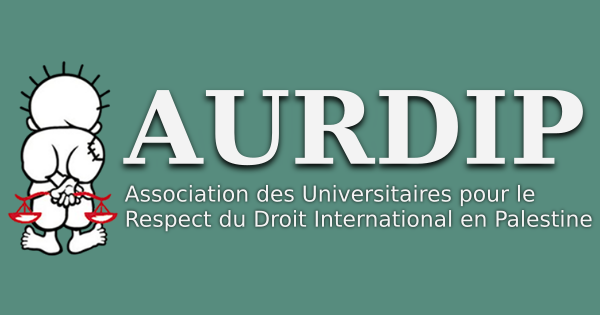As of yesterday, Israel had returned 195 bodies to the Gaza Strip, but only 57 had been identified by their families. A doctor in Gaza described some bodies returning with their hands tied or shot in the head or chest at close range, while one had a rope around the neck
Only 57 Palestinian families have identified bodies out of the 195 that Israel repatriated to Gaza as of Wednesday under the cease-fire, according to the Gaza Health Ministry. Six bodies had military dog tags and I.D. numbers, but tests found that three did not match, and three others are still being tested, a Palestinian source told Haaretz.
None of the others have identifying details nor the circumstances and place of death. The IDF provided DNA tests for 90 bodies, but the equipment to carry out corresponding tests to find relatives is not available in Gaza. A special site has been allocated in Deir al-Balah for the burial of unidentified bodies repatriated in the past two weeks. Fifty-four bodies were buried there in a special ceremony on Wednesday, each in its own grave.
The seventh repatriation took place on Wednesday, when more Palestinians bodies were returned through the Red Cross, after the bodies of Arye Zalmanovich and Tamir Adar from Nir Oz were returned to Israel. The bodies of the Palestinians, which Israel held in refrigeration, were transferred to the Nasser Hospital in Khan Yunis by commercial refrigeration trucks.
At the same time, families of missing persons went to the hospital to view photographs of the bodies from several angles, which were projected onto a screen in the hospital hall. All the families are asked to provide the hospital’s medical team 10 identifying signs of their sons.
A person who was present at the hospital last Tuesday told Haaretz that for the first transfers, representatives of about a hundred families arrived each time in the hope of identifying their son – on Tuesday, only 10 arrived and only one family identified their son. It is believed that in many cases, adult relatives who could identify the bodies were killed in the bombing or died of disease or hunger in the past two years.
The IDF Spokesperson’s Office told Haaretz, “All the bodied returned [by Wednesday] were from battles in the territory of the Gaza Strip and were not detainees taken alive to Israel.”
But according to the Palestinians, some of the bodies belong to people who did participate in Hamas’ October 7 attack. A family that identified their son on Tuesday said that, to the best of their knowledge, he was wounded and held at the Sde Teiman detention facility; they concluded that he had been captured inside Israel. Until now, the family thought that he was alive.
On Tuesday, Dr. Ahmed Dheir, a pathologist and director of Gaza’s forensics department, met representatives of civil society organizations at Nasser Hospital. He told them about the general condition of the bodies: Some were wearing military uniforms, and others wore civilian clothing. Some bodies arrived naked. Some had their hands tied behind their backs, and one had a rope around his neck. Some of the bodies were blindfolded. Some bodies showed signs of being shot at close range in the chest and head, and others had shrapnel wounds. Some were still covered in a mix of blood and dirt.
Although the bodies arrived frozen, some were already decomposing. Meeting participants were assured that a full report, accompanied by photographs, would be prepared later, detailing the condition of each body. Dr. Dheir emphasized that he was describing what was visible externally, not the cause of death.
Based on the bodies’ appearance, other sources in the Palestinian Health Ministry in Gaza concluded that people had been abused, tortured and executed in captivity.
The IDF Spokesperson’s Office told Haaretz, “The claim that the IDF desecrated bodies post-mortem is mendacious and groundless.” It added, “The claim that the IDF bound the bodies before returning them to the Gaza Strip is mendacious,” though the opposite is claimed: People were killed while bound and alive. The IDF Spokesperson’s Office declined to answer Haaretz’s question in response to the Palestinian claim that the IDF took people who were captured alive to be executed.
One of the meeting participants asked Dr. Dheir whether organs were harvested from the bodies, to which he replied no. He told Palestinian television on Tuesday that an examination found that surgery was performed on one of the people and a post-mortem was performed on another. A civilian Palestinian source told Haaretz that one of the bodies showed signs of being run over by a heavy vehicle, and another was burned.
The Guardian and CNN reported that at least some of the repatriated bodies had labels with numbers (but no names) from the Sde Teiman detention facility in the Negev; there have been multiple reports of detainees dying there from torture and medical neglect. In May 2024, Haaretz reported that a Military Police investigation found that soldiers had beaten to death two prisoners who had been brought from Gaza to the detention facility.
